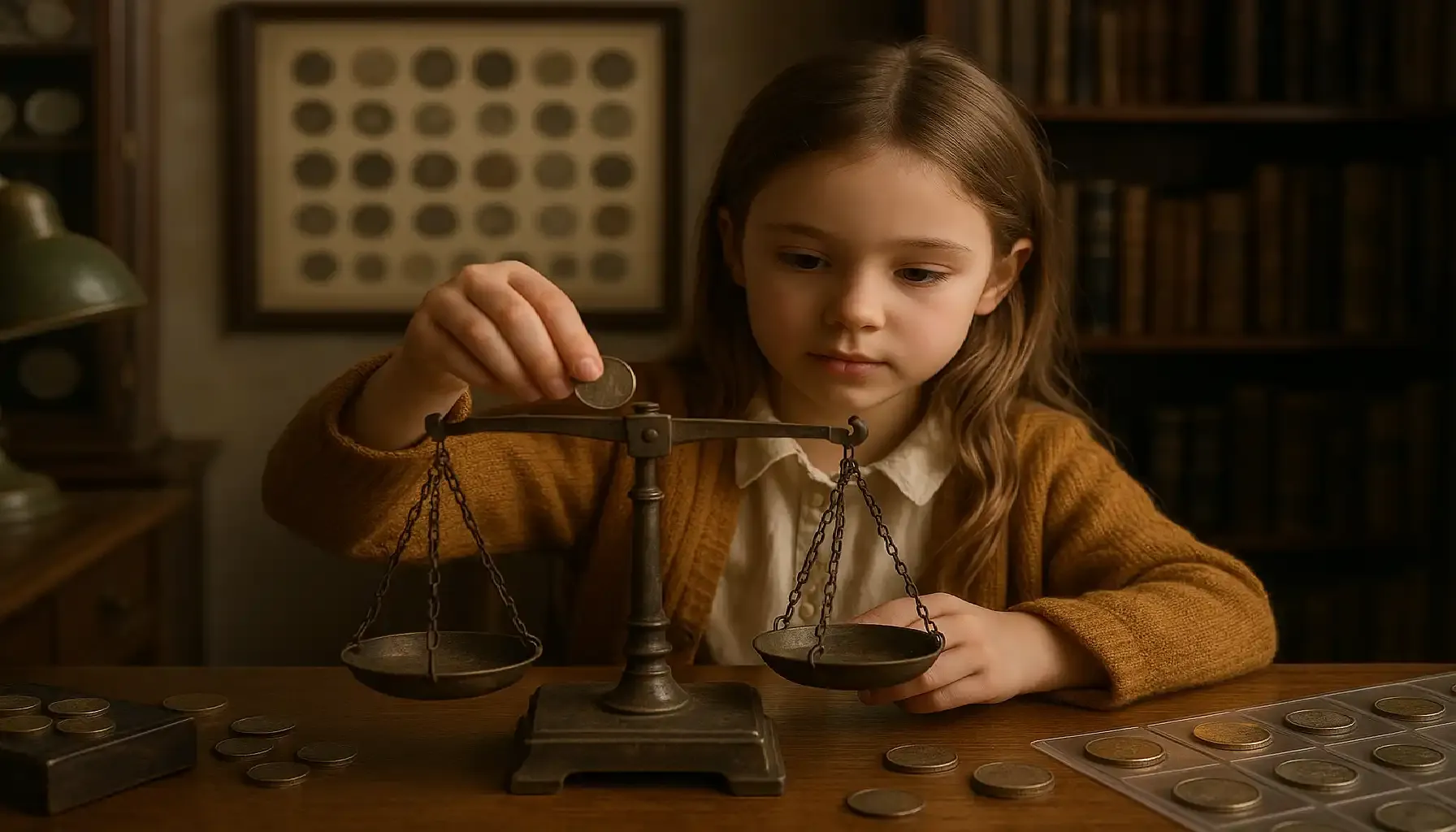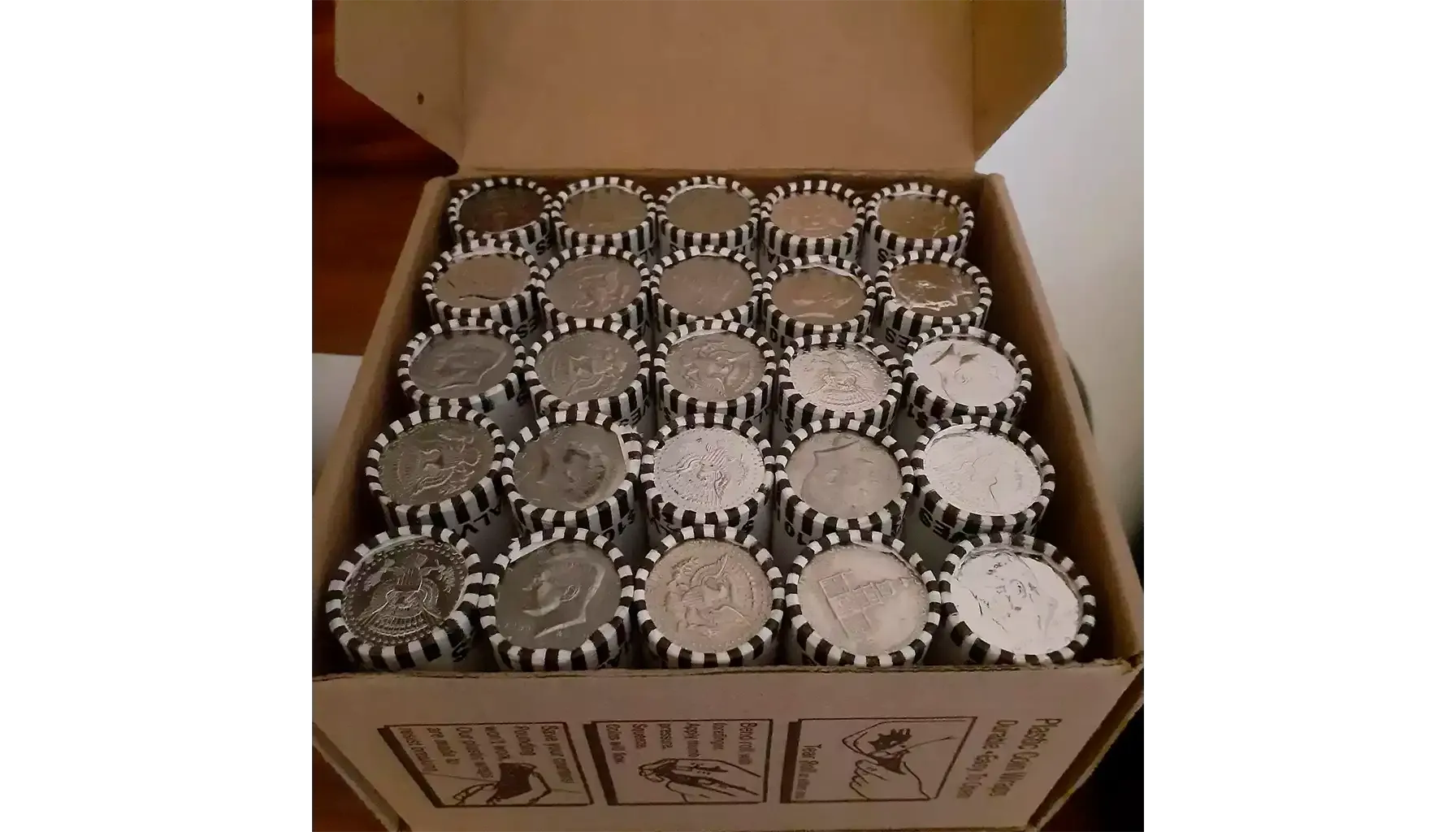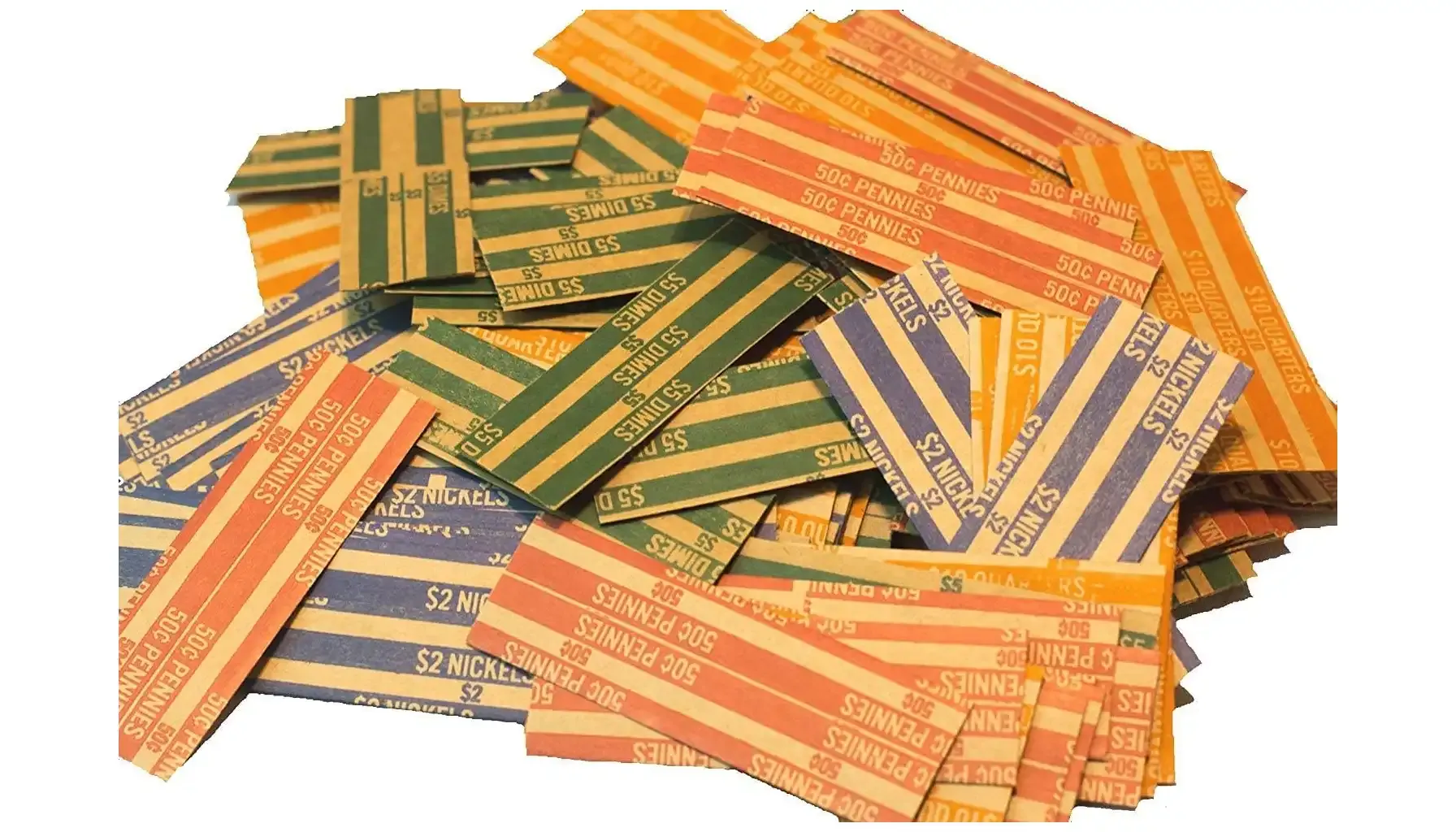If an ordinary person far from the world of numismatics sees an obvious error on one of his coins in a handful of loose change, he will probably not pay a lot of attention to it. But any beginner and experienced collector will certainly say that for them coin errors are just a gift of fate. Why? Because a small misprint coin can be worth a huge fortune.
If you heard even a little about numismatic intricacies, then you are also probably aware that rare and unusual specimens have very high collector's (well, and investment too) value and can bring thousands of dollars to their owner. This information excites and inspires you to search. And if your google search history looks like a queue of queries like “transitional error coins worth”; “most popular error coins list pdf” or “list of error coins to look for”, then our coin errors guide will help you to organize the information and put everything in its place.
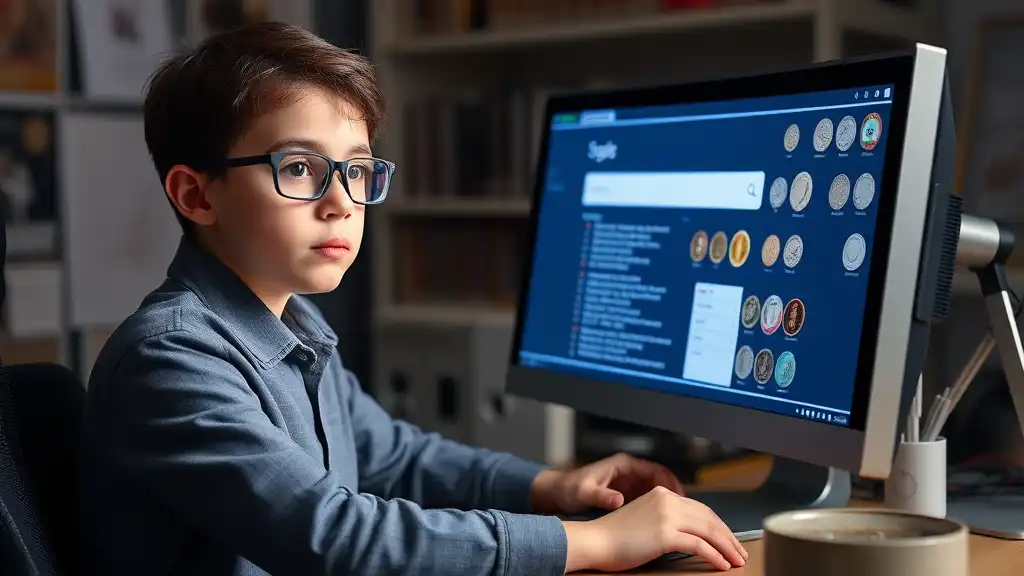
What Are Mistaken Coins?
Error coin - a coin issued with defects due to failures in the minting process. But the most interesting thing is that such errors increase the value of coins significantly (sometimes even thousands of times). For example, the price of misprint Jefferson nickels may be really expensive, and not everyone could afford it. Below you will learn some coin errors to look for and discover coin errors explained to become a successful hunter of “non-perfect” coins.
Main Types of Mint Errors on Coins
There are many types of errors that can occur at different stages of a coin's production. In the table below you will find a description of common error types with specific examples of coins and their estimated value, which will help you understand why certain errors are so popular among collectors.
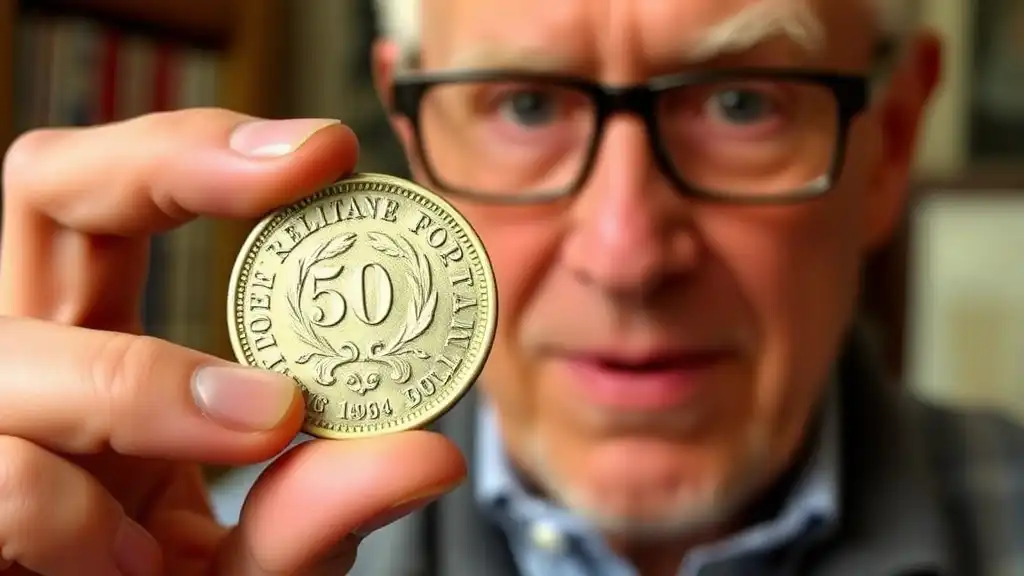
Error | Description | Coin Example | Approximate Estimated Value | Interesting Fact |
Double Strike | The coin receives two strikes with the die instead of one, resulting in a duplicate pattern. | 1858 Flying Eagle Cent | $5000 -$10,000 | A double strike can look different: sometimes the pattern barely shifts, and sometimes one part of the coin overlaps the other, creating an entirely new pattern. |
Doubled Die | A mistake in creating a stamp causes design elements, such as numbers or letters, to split. | 1955 Lincoln Cent (Doubled Die Obverse) | Up to $40,000 | This type of coin die errors is the most frequently seen. One of the most famous split coins is the 1955 Lincoln Cent, also called the “Dancing Penny” because of the original visual effect of the split numbers and letters. |
Off-Center Strike | The center of the die is shifted, and the pattern appears partially outside the coin. | 1969-S Lincoln Cent | $100 - $5000 | Offset can be as high as 50% or more, with such coins sometimes becoming collectors' items not because of rarity but because of the fun design. |
Wrong Planchet | Planchet error coins result from minting a coin on a blank from a different denomination (e.g., a dime on a penny blank). | 1943 Bronze Lincoln Cent | Up to $1,7 million | Such errors can occur when the mint uses blanks from old issues, resulting in occasional rare matches. |
Missing Design Element | Absence of a mandatory element on the coin, such as the year of issue or the mint mark. | 2000 Sacagawea Dollar (Missing Edge Lettering) | $500 - $2000 | Missing element coins are often collector's items due to their asymmetrical aesthetics. |
Mule Error | A coin is created with different sides from two different coins (e.g., obverse from one denomination, reverse from another). | 2000 Sacagawea Dollar / Washington Quarter Mule | Up to $100,000 | The mules are some of the rarest errors, as they require a very exact match of postmarks from different coins. |
Coin Planchet Errors | Pin planchet errors types include cracks, holes, incorrect thickness or metal composition. | 1982 D Lincoln Cent (Copper Planchet) | Up to $18,000 | Erroneous blanks can dramatically alter the weight and appearance of a coin, making it an object of desire for collectors. |
Search Secrets: How to Enrich Your Collection with Treasure
So, do you want to become a rarity hunter and discover valuable messed up coins in your collection? Consider the tips below that will help you in this exciting process.
Where to Find Valuable Imperfections?
Did you know that one of the best places to find error pieces are the bags and rolls of coins often sold at coin auctions or banks. That's where you can find rare specimens that just happen to be in mass minting.
Next, explore flea markets, antique stores and local dealers like those in Honolulu. These places can hide real treasures. Sellers often do not suspect the presence of errors on coins, and you will be able to buy them at the price of ordinary copies.
Of course, there is nothing without participation in numismatic exhibitions and auctions. It is here you can find sellers and collectors who specialize in error coins, and even see rare specimens. Many auction houses exhibit entire lots with errors and you have a chance to buy several valuable coins at once.
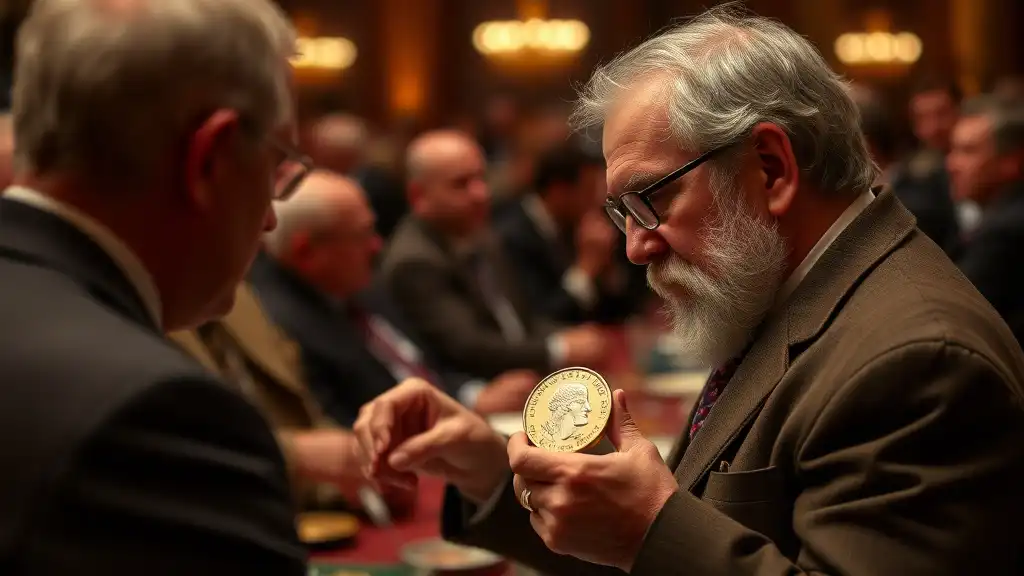
And if you do not yet feel confident in the role of a collector and are not ready to participate in large-scale events and long searches (but you really want to try your hand and take hold of coins), then regularly check your change and old piggy banks. Start your hunt with the coins you have on hand. Ordinary change or long-forgotten piggy banks can contain real rarities, especially when it comes to coins from the 20th century.
Don't limit yourself to just one search source - errors can hide in the most unexpected places.
How to Look for Errors in Coins
Inspect the coin for offsets, double strikes, and edge imperfections. It is often the external defects that immediately catch the eye.
Pay attention to weight and size. Suspicious deviations may indicate a minting error or incorrect metal composition.
Use magnifying instruments. A magnifying glass or microscope can help you identify missed details or micro-defects.
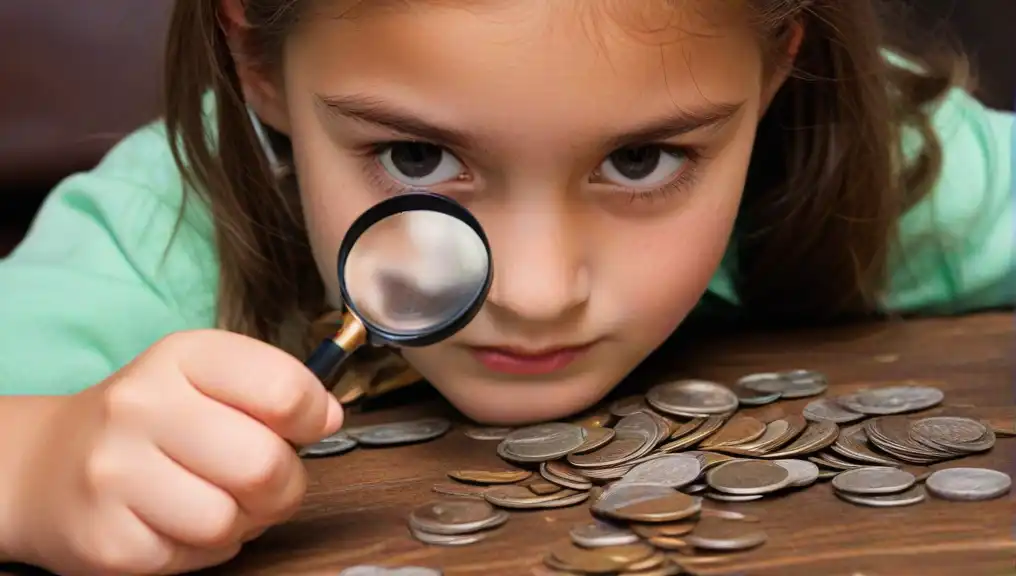
Compare the coin to normal specimens of the same type to more easily identify anomalies. For example, error coins may have differences in lettering or the position of design details.
Check information with apps. Use digital tools like Coin ID Scanner to quickly do an error coin identification, searching for basic information about the coin and even checking its market value. It is the best way to check collector coins for value. This will help you avoid buying fakes and find only real rarities.
Simple Tips to Avoid Becoming a Victim of Counterfeit Fake Coins
The collectible coin market has always attracted scammers who seek to prey on inexperienced collectors and pass off a fake as a valuable error. To avoid becoming their victim, it is important to know a few simple but effective methods of authentication.
Buy only from verified sellers.
Go to dealers and auctions with an excellent reputation. Read reviews on specialized forums to avoid unpleasant surprises.
Demand certificates of authenticity.
Look for coins with certificates from reputable organizations such as PCGS or NGC - this is a guarantee that you have a genuine specimen in front of you.
Compare physical parameters.
Check the weight, diameter and thickness. Any discrepancy may indicate a fake.
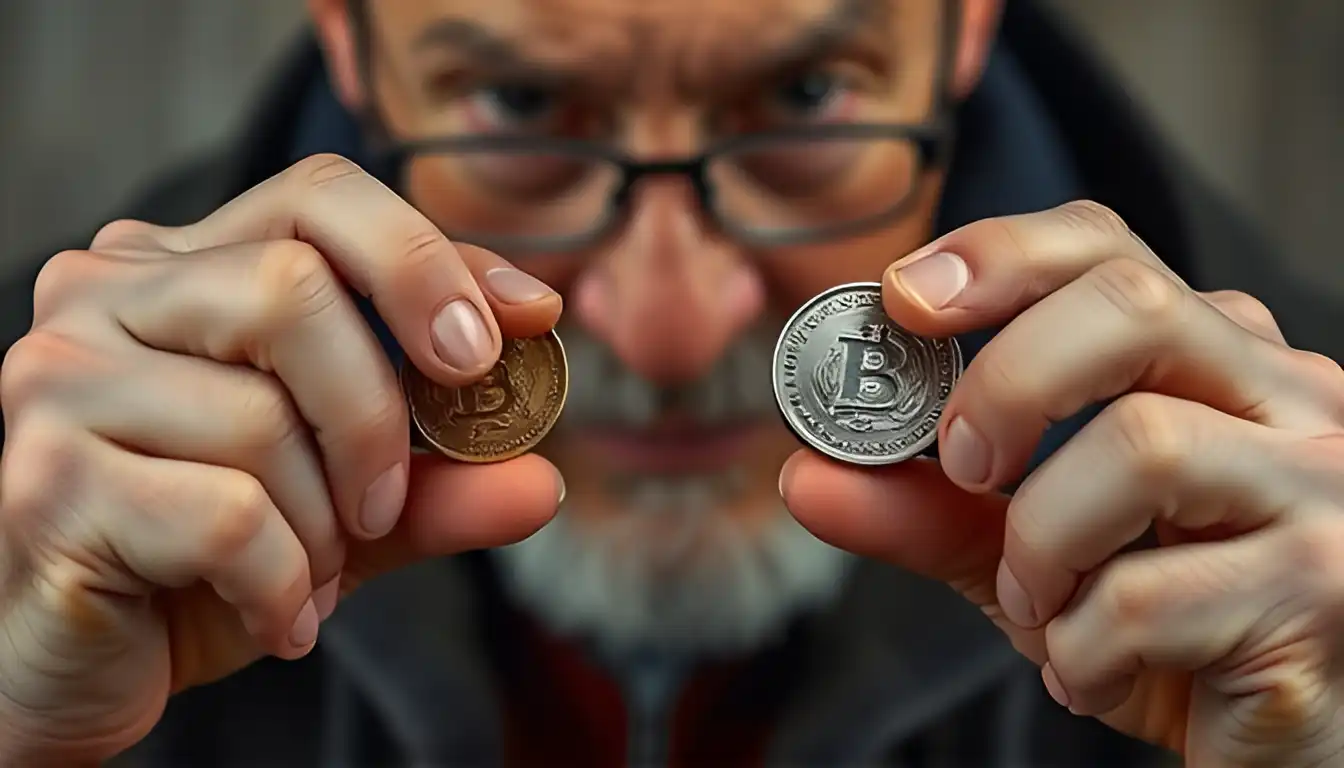
Study the common types of fakes.
Knowing about typical fakes and counterfeiting mistakes is key to success. For example, coins with artificially created split die errors or fake error planchets are more likely to have an overly “new” look or the same patina across the surface.
Error coins are a unique way to touch history and become the owner of unusual collections. Remember and try to research, ask questions, and learn how to distinguish genuine specimens from fakes. After all, numismatics is a field where “non-ideality” matters and every “wrong” turn of the stamp can lead to great successes and rare finds to add to your collection and make it unique.

